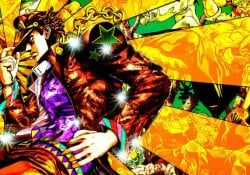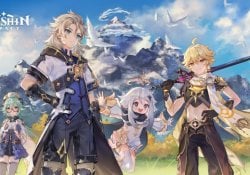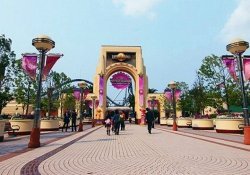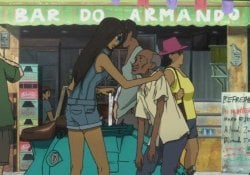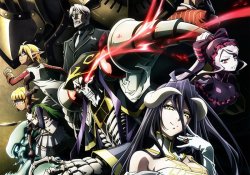Some do not know, but Japan is an archipelago, in other words, a country, surrounded by islands, in addition, it is bathed by oceans.
The main islands of this archipelago are; Honshu [本州]], Hokkaido [北海道], Shikoku [四国], Kyushu [九州], Okinawa [沖縄島] we have an article telling more about these and the 6,852 islands of Japan.
In this Post we will enter the timeline and discover curiosities about the history of these 5 main islands, describing historical events, economic influence, international relations and among other factors that led Japan to be what it is today.
Índice de Conteúdo
The history of Honshu
It can be said that the island of Honshu is the basis of the history of Japan in its entirety, it is the largest island and has the largest number of people and it is also where the capital of the country is located.
Around 300 BC most Japanese were in jobs like hunting, fishing and gathering, but things started to change when rice cultivation became part of Japanese production.
What generated a growth and evolution in the social structure, as a consequence rich and landowners began to gain power.
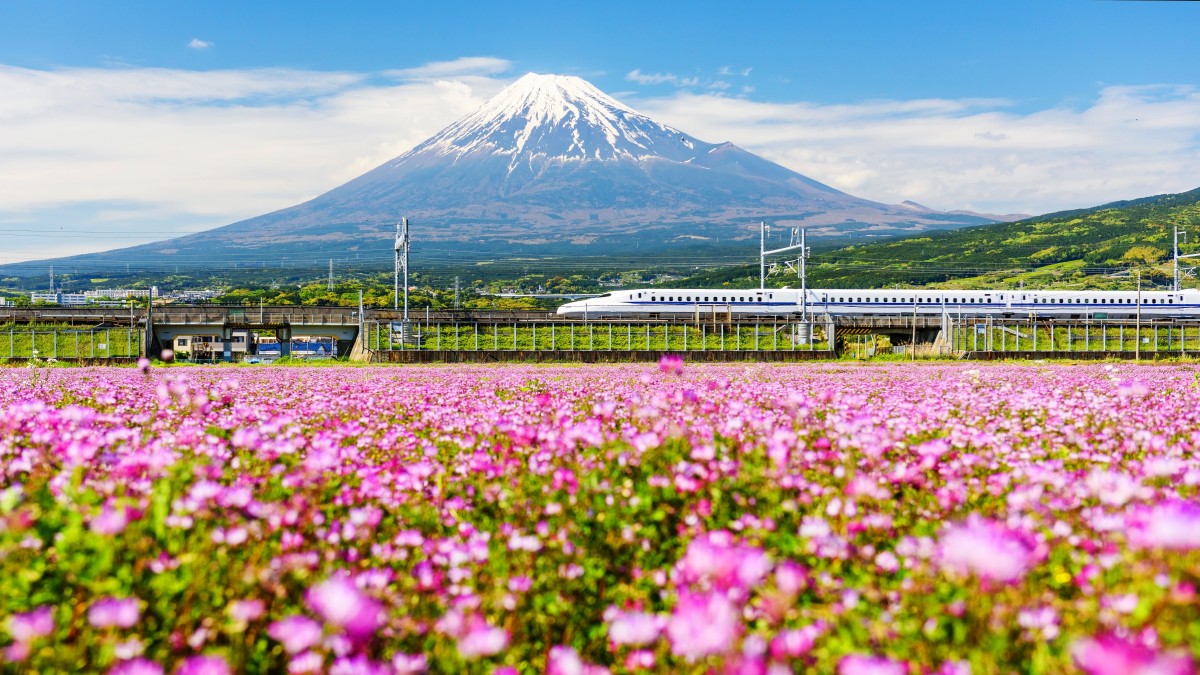
Buddhism was part of the culture for a long time, along with the original Japanese religion that is Shintoism, already in 593, the Buddhist prince Shotaku gained a lot of power and in 752 The great Buddha in Nara would be finished.
For much of Japan's history, various political power struggles have taken place between clans.
In 645 Clan Fujiwara overcame Prince Shotaku's Soga clan, Fujiwara nationalized all lands and created tax systems, followed by many struggles and wars, and the second half of the 8th century saw countless natural disasters, famines and epidemics.
Much happened after this time, the emergence of the Edo period, the transfer of the capital from Kyoto now being Tokyo to Honshu, Japan starting to participate in the world war, and in 1923 there was the great earthquake in Kanto that destroyed much of Tokyo. and Yokohama.
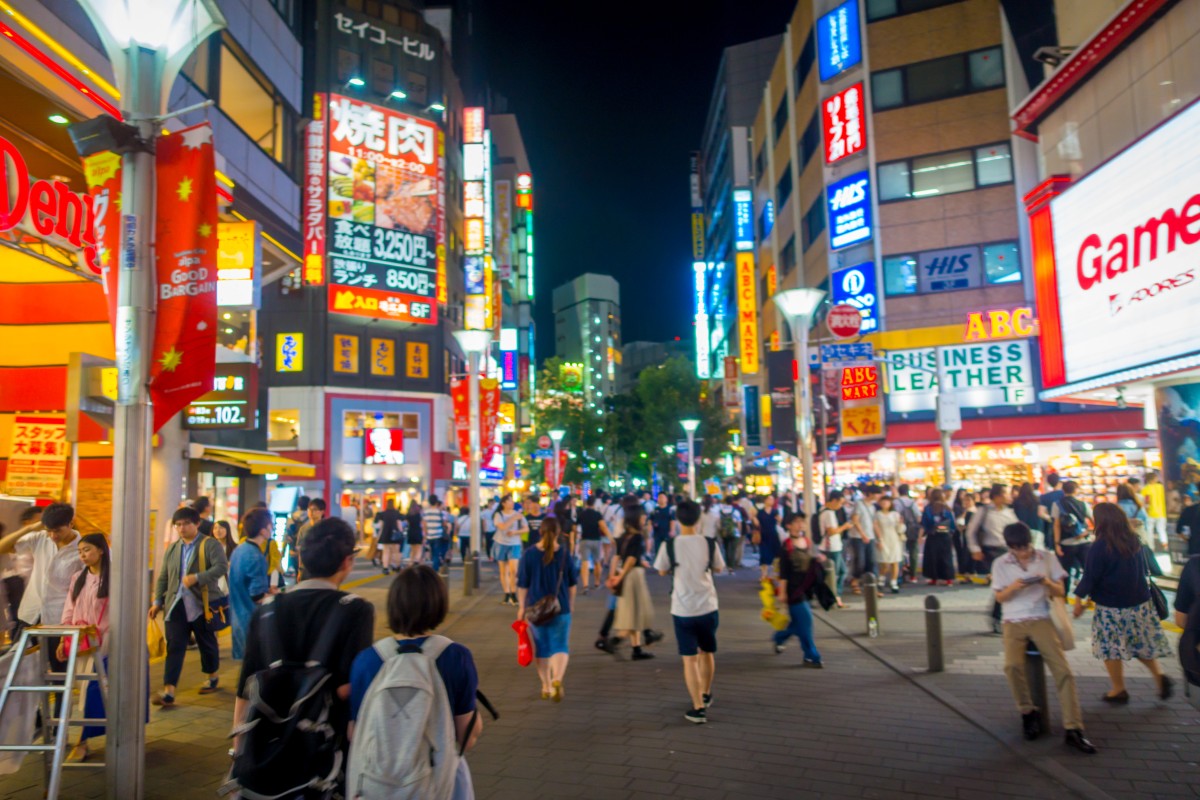
After the end of the Second World War, Japan was greatly influenced by the USA, with the country promising and helping in the reconstruction of the nation and applying similar economic systems in the country.
With today Honshu harboring much of the nation's economic concentration, where Kyoto, Tokyo, Ikeda, Kobe and other points of reference when talking about the Japanese economy and population are today.
Read also:
The history of Hokkaido
Hokkaido, in translation would be something like "North Sea Circuit", is the second island within the famous Japanese archipelago, geographically it is divided from Japan by the Tsugaru Strait, a channel between the Sea of Japan and the Pacific Ocean.
Hokkaido as well as Honshu was separated by periods, we had between 710 and 1185 the Nara and Heian periods, the people of this period depended on hunting, fishing and rice and iron was obtained by trade between other parts of Japan.
Already in 1336 and 1868 there were the Muromachi and Edo periods, the Muromachi period was marked by many wars between clans and even with the Japanese against the Ainu who lived on the south coast of Hokkaido, in the future emerging trade between these Ainu.
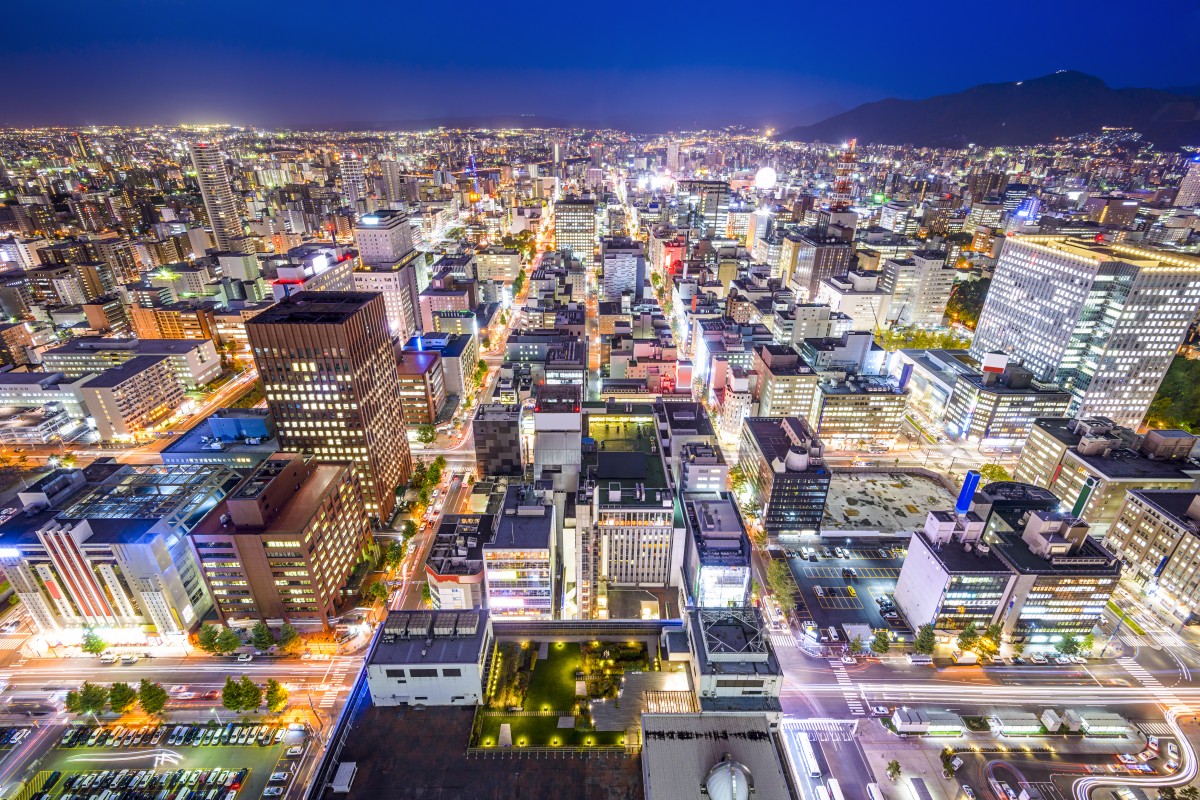
During history there have been several revolts by the Ainu (s) against the feudal rule that dominated Hokkaido. In 1669 to 1672 there was the largest of the revolts, called the Shakushin revolt.
From 1799 to 1858 the Edo Shonugato assumed interim control of Hokkaido in response to threats of invasion coming from the Russian government.
During Hokkaido's history, a lot has happened to prevent the Russian government from taking control of the place. But Hokkaido became similar to other prefectures only in 1947, when the Local Autonomy Law was actually implemented.
As early as 1949 the Japanese government establishes the Hokkaido Development Agency, serving as an agency for the office of the Prime Minister of Japan to maintain its executive power over Hokkaido.
Read also:
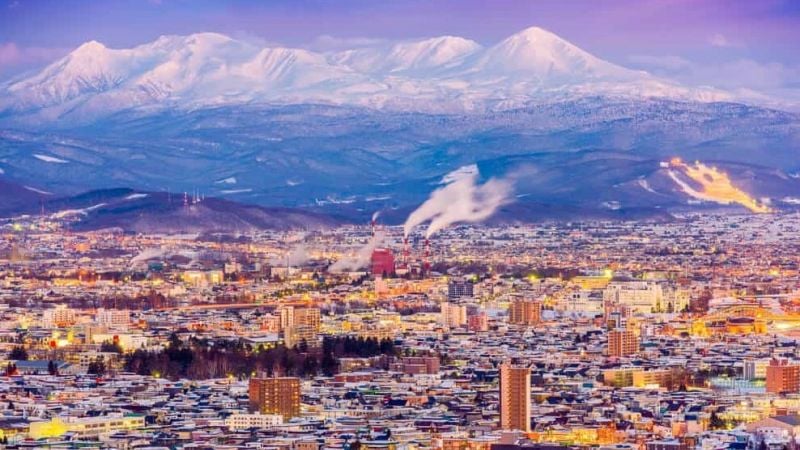
Shikoku's story
From the early medieval to the modern period, four principalities emerged, Awa, Sanuki, Iyo and Tosa.
Because of this fact, the island became known as Shikoku 四国, where 四 (Shi) means four and 国 (Ku) means Country and these domains were dominated and ruled by local clans that developed the habits and cultures of the region according to the geographical characteristics of the region. area they were in.
Serving as a base, for example, the Kono clan that was from Iyo were originally pirates who collected tolls over the inland sea.
They also served as guides for ships in the region, in other words they were Japan's navy.
In the Tosa region, being an area with a poor agricultural base, the Chosakabe they led warriors who went in search of farmland at the expense of neighboring territories. During the Muromachi period, the Hosokawa clan ruled over Sanuki, Awa, and Tosa, while the Kono clan ruled over Iyo.
In Aki, Kochi, the commercial activities of Iwasaki Yataro led to the formation of a commercial and technology company, the famous Mitsubishi, in 1873.
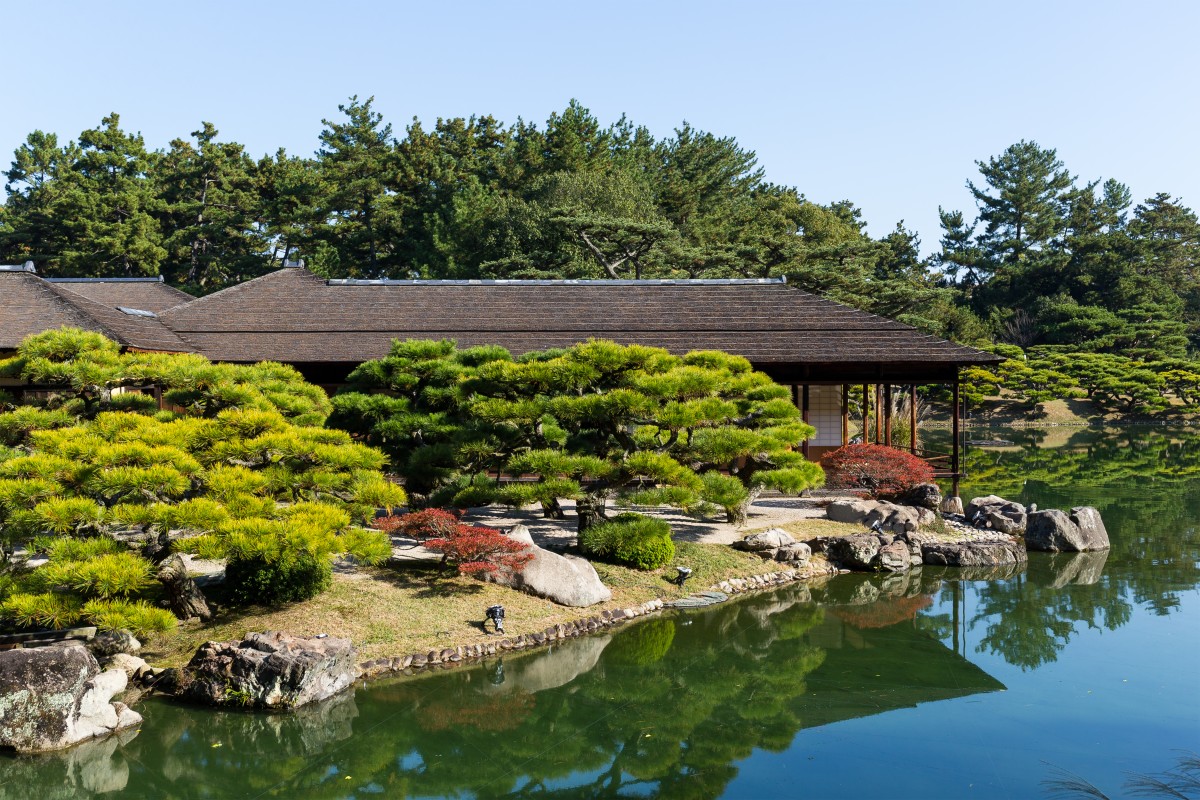
Already during the Russo-Japanese War, the Akiyama brothers and leaders of Matsuyama successfully commanded Japan's cavalry and navy, Matsuyama housed a prisoner-of-war camp that won international praise for its balanced treatment of prisoners of war.
During the Russo-Japanese War, the Akiyama brothers of Matsuyama successfully led the Japanese cavalry and navy, respectively.
Matsuyama housed a prisoner-of-war camp that won international acclaim for its enlightened treatment of prisoners.
From the Showa period until now before World War II, the Mitsukue coast at Ehime had been used to train the crews of the small submarines that had been used in the attack on Perl Harbor.
During the war, there was also a gloomy prisoner-of-war camp at Zentsuji.
In the last months of the Second World War, Tokushima, Takamatsu and Matsuyama were heavily bombed, destroying most of their buildings.
After the war, industries that had developed during earlier periods expanded.
There was also copper mining in Besshi Dozan and smelting in Naoshima which were important industries, but when they declined, the facilities were reused for tourism.
In 1985, the Great Naruto Bridge was completed, connecting Shikoku and Honshu by road for the first time in history.
This was followed by the Great Seto Bridge system in 1988, and the Nishiseto Expressway, also known as Shimanami Kaido in 1999.
Even blue LED light had been invented by Nakamura Shuji in the early 1990s at a small company in Tokushima, enabling today's low-power LED displays.
Read also:
- Meet the island of Shikoku - Kochi, Ehime, Tokushima and Kagawa
- How to overcome the fear of earthquake in Japan?

The article is still halfway through, but we recommend also reading:
Kyushu's story
Kyuushu literally means “9 provinces”, its name refers to the nine ancient Kuni provinces into which the island was divided. The mountainous island is made up of a series of volcanic ridges and contains the world's largest active volcano, Mount Aso.
The island is known for its subtropical vegetation and heavy rainfall. In the region, the main crops are rice, tea, tobacco, sweet potato, soy, fruit and wheat.
Kyushu also has coal, zinc and copper mines and a very strong concentration of industry to the north in Kitakyushu, Fukuoka and Omuta which are the main industrial centers.
Historically, Kyushu's proximity to China and South Korea has made it a gateway to their cultural, artistic and even religious influences and, later, to contact with the West.
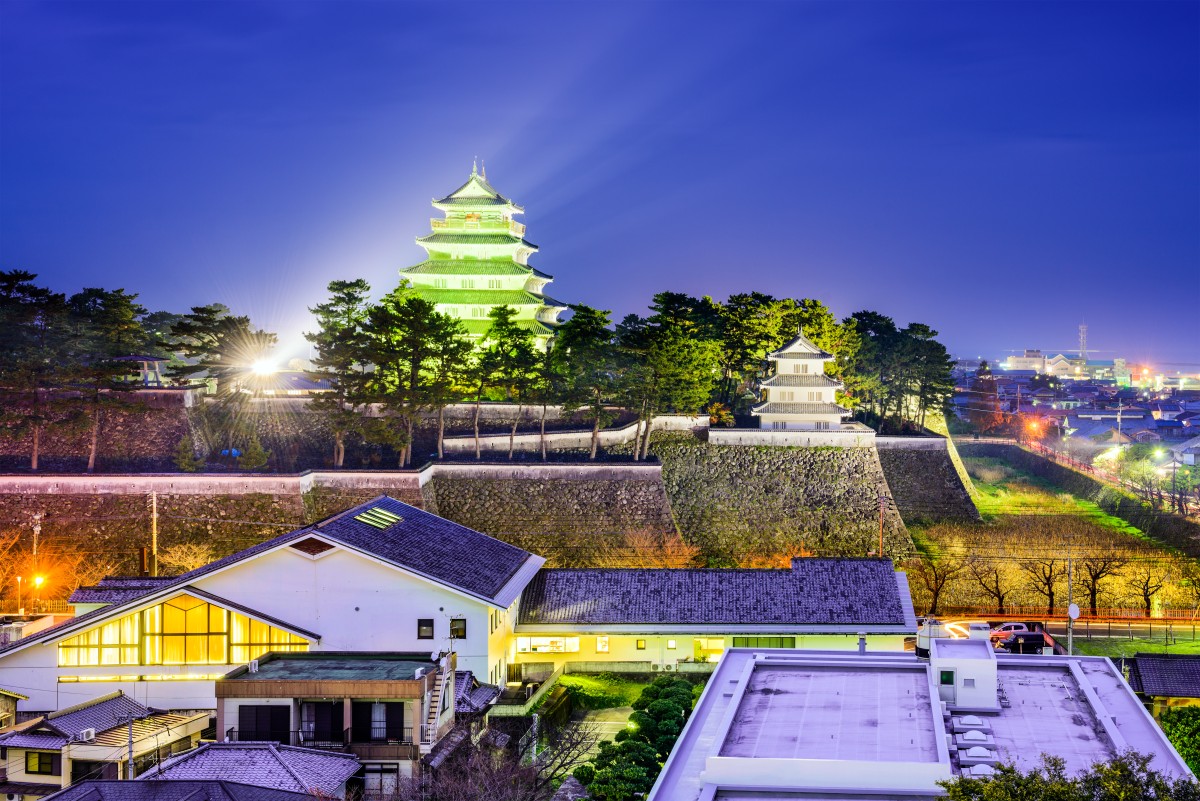
The founder of the Yamato Kingdom and the first Emperor of Japan, Emperor Jimmu, originally settled in southeastern Kyushu before moving to Nara on the island of Honshu.
In 1274 and 1281, attempted Mongol invasions of Kyushu were repelled by typhoons, known as kamikaze, which destroyed the Mongol fleet.
In 1549 St. Francis Xavier introduced Christianity to Japan through Kyushu. Nagasaki, Kyushu's main port, was the first Japanese port to receive western trade. Nagasaki was the site of the second atomic bomb explosion, which effectively ended World War II on August 9, 1945.
The first recorded contact with the West in Japan also took place near Kyushu in 1543., when three Portuguese merchants traveling on a Chinese junk were turned off course and landed on Tanega-shima (Tanega Island), an island near the tip of Kagoshima.
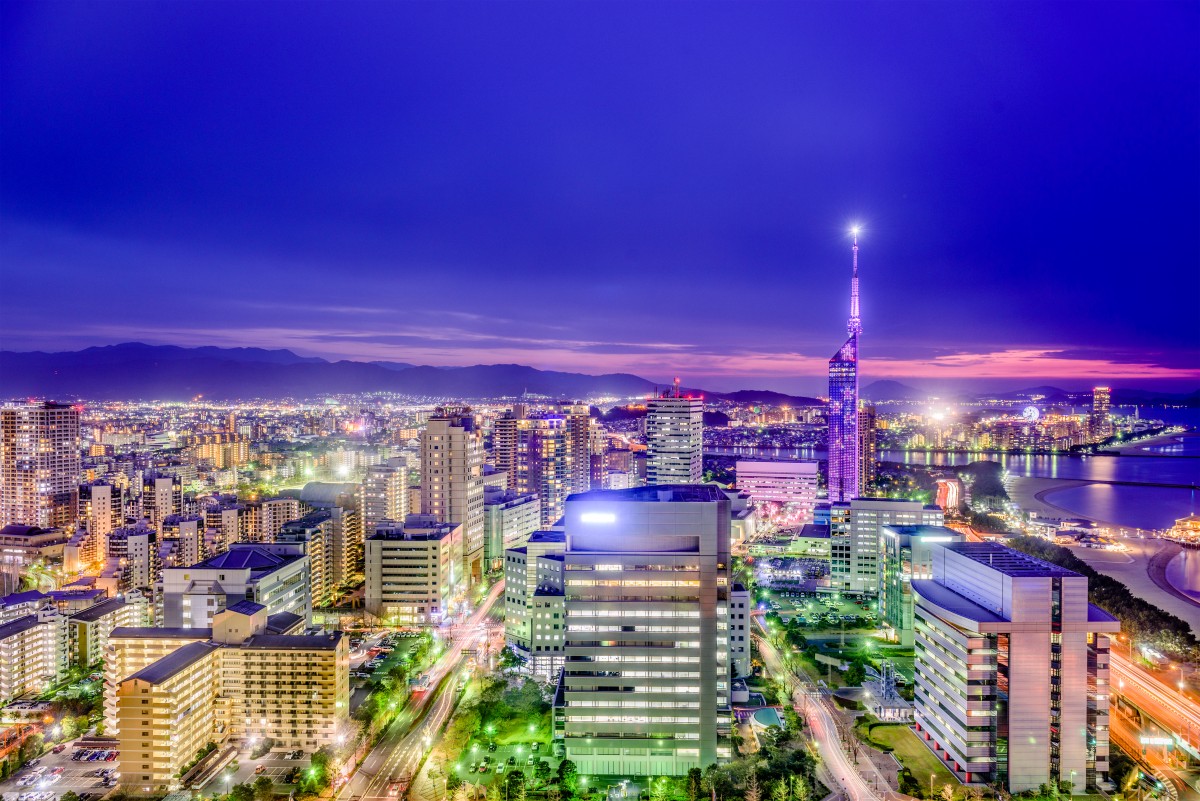
St. Francis Xavier came to Japan via Kyushu in 1549, and began to spread Catholicism throughout the region. As early as 1637, the Tokugawa shogunate, considering Christianity a direct threat to their sovereignty, killed 40,000 Catholics in a battle in Shimabara, a peninsula east of Nagasaki.
Japanese Christianity then went underground, until the reopening of Japan in the mid-1800s.
The governance of Kyushu by Saigo Takamori (1827 – 1877), born to a samurai family in Kagoshima, was instrumental in bringing about the Meiji Restoration in 1868. Afterwards, he rebelled against the new order and led the unsuccessful Satsuma Rebellion in 1877.
Togo Heihachiro (1848 – 1934) Also born in Kagoshima, he was an admiral in the Imperial Japanese Fleet that annihilated the Imperial Russian Baltic Fleet in the Russo-Japanese War of 1905.
Read also:
Okinawan's history
During its history, Okinawa was once an independent country ruled by the Ryukyu Kingdom that managed to establish itself through its trade with China and some other neighboring countries.
However, after the invasion of Satsuma in 1609, Ryukyu became part of Japan's shogunate system. In other words, it became a prefecture of Japan due to the Abolition of the Han System and Establishment of the Prefecture System, which took place in 1879.
During the War of the Pacific, Okinawa was the site of the only land battle in Japan that even involved civilians.
Okinawa was also a fierce battleground in the closing stages of World War II, and many lives were lost during the Battle of Okinawa (1945). City Hall suffered serious damage, measured both culturally and in casualties.
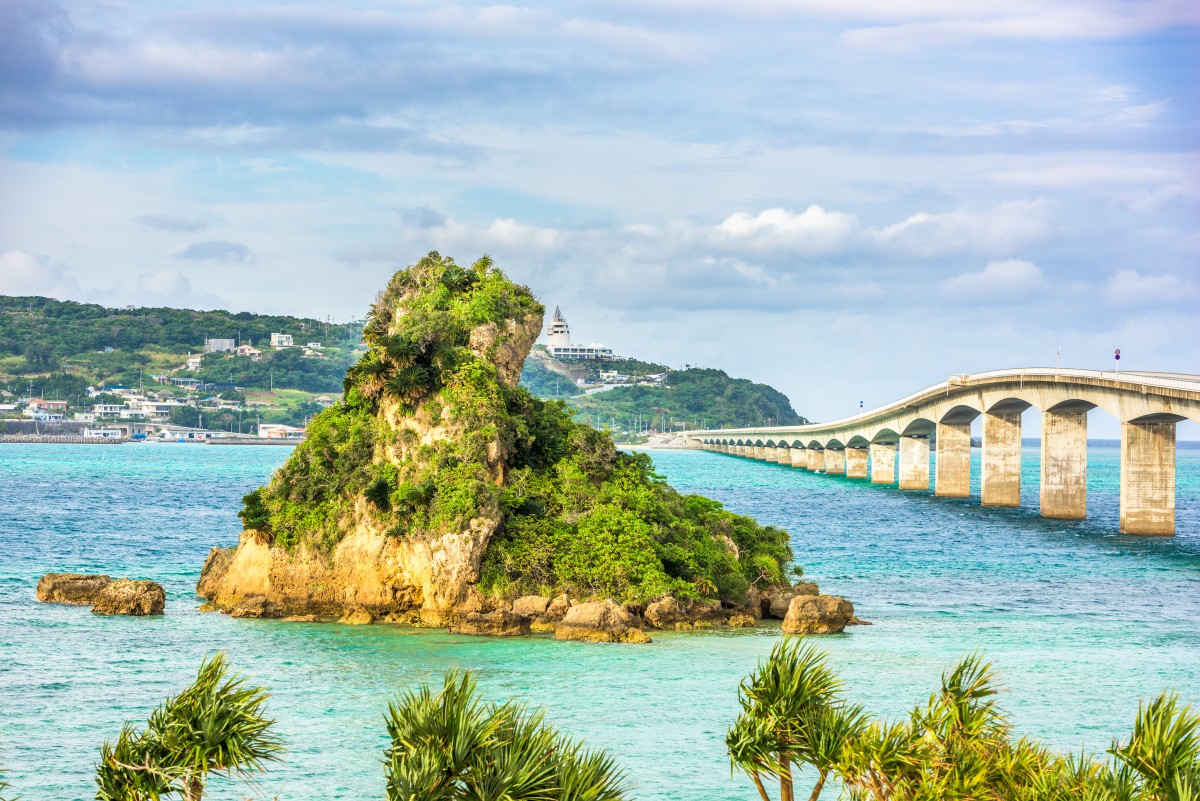
When the war ended in 1945, Okinawa was placed under US control, and remained so until it was returned to Japan on May 5, 1972.
For nearly 30 years, the islands have been heavily influenced by American culture.
Currently, Okinawa is best known as the paradise island of Japan and is a reference for travel to Japan, both at home and abroad.
As travelers flock to Okinawa to enjoy its beaches, laid-back culture and luxury resorts, its historic sites and ecological importance continue to attract attention on the global stage.
In 2000, UNESCO registered the Gusuku Sites and Related Properties of the Ryukyu Kingdom as a Cultural Heritage of Humanity.
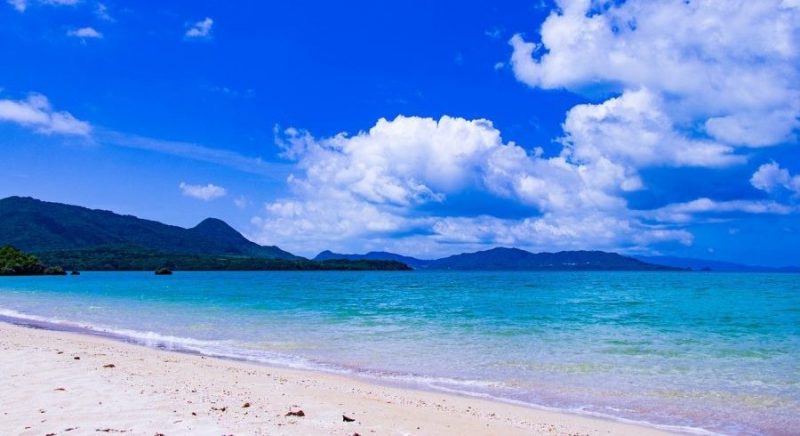
As early as 2021, the biodiversity of the northern part of Okinawa Island and Iriomote Island, with Amami-Oshima Island and Tokunoshima Island, were recognized as Natural World Heritage Sites.
If you enjoyed reading the history of each of these islands in Japan, we invite you to like and share the article, so that more people can learn about the unique story of Japan's founding through its islands and provinces.

